I am not known for my cycling abilities, even less so for my navigation skills, so I wasn’t surprised when a friendly local offered to help upon seeing me – one hand clutching the handlebar of my rented bike and my phone in the other – hesitating in the square outside Münster’s main art museum, the LWL-Museum für Kunst and Kultur. I was one of the scores of pilgrims from around the world who, every 10 years, descend on this small city in the northeast of Germany for Skulptur Projekte Münster, a public sculpture exhibition now in its fifth edition. ‘One of the best things about living in Münster,’ the helpful resident said, ‘is seeing this small city with just 300,000 residents transform once a decade. The visitors – you – are as much a part of the exhibition as the artworks.’
It is indeed quite a sight: streams of people snaking through the city’s squares, streets, and river-side promenades, cycling through parks and queueing outside churches and museums – nearly all with their eyes fixed on the screens of their mobile phones, on the hunt for one of the 36 exhibits scattered like Easter eggs throughout the city. They, like me, had probably downloaded the specially designed GPS-enabled SP17 navigation app, a map marked with colour-coded dots denoting the new projects (pink) as well as works from previous decades now in the city’s public collection (green) and other special ‘satellite’ projects (blue).
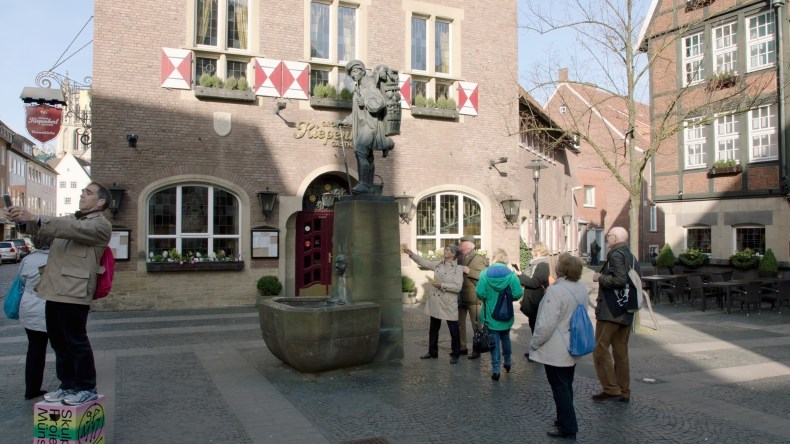
Still from Not Quite_Underground, Michael Smith. © Michael Smith
The art historian Claire Bishop, in her essay for the exhibition catalogue, notes that, in comparison to the other two cities hosting major art events in 2017 – Kassel, which is the site of Documenta every five years, and Venice – ‘the small city of Münster offers a more focused lens through which to take bearings: the Skulptur Projekte event operating as part reunion, part déjà vu, marking the unfolding of time.’ It’s true: more than anything, what this year’s sculpture project seems to throw into focus is the total transformation of public space over a decade of digital revolution, and the role now occupied by public art – whether as witness, participant, or antidote.
Even if you’re not using the app, but rather the old-fashioned printed map, you can’t get very far in Münster without being reminded of the constant, prosthetic presence of technology in our lives today. A few works fall victim to this, such as Andreas Bunte’s series of 16mm films recording everyday activities, irritatingly only accessible via scanned QR codes printed on posters. Others are more meditative, such as Pierre Huyghe’s majestic contribution, After ALife Ahead: a ‘biotechnological’ environment in which strange black shapes viewed through an augmented reality app float above a hollowed-out clay pit at an abandoned ice rink, material and immaterial life converging. Yet more other pieces adopt a welcome, playfully ironic approach to the topic, as in Michael Smith’s video depicting his alter-ego ‘Mike’ taking selfies in front of various Münster landmarks, or Aram Bartholl’s witty series of sculptures that transform fire into electric energy using thermoelectric devices; in one case, visitors are invited to charge their phone batteries at a campfire using a wooden stick.
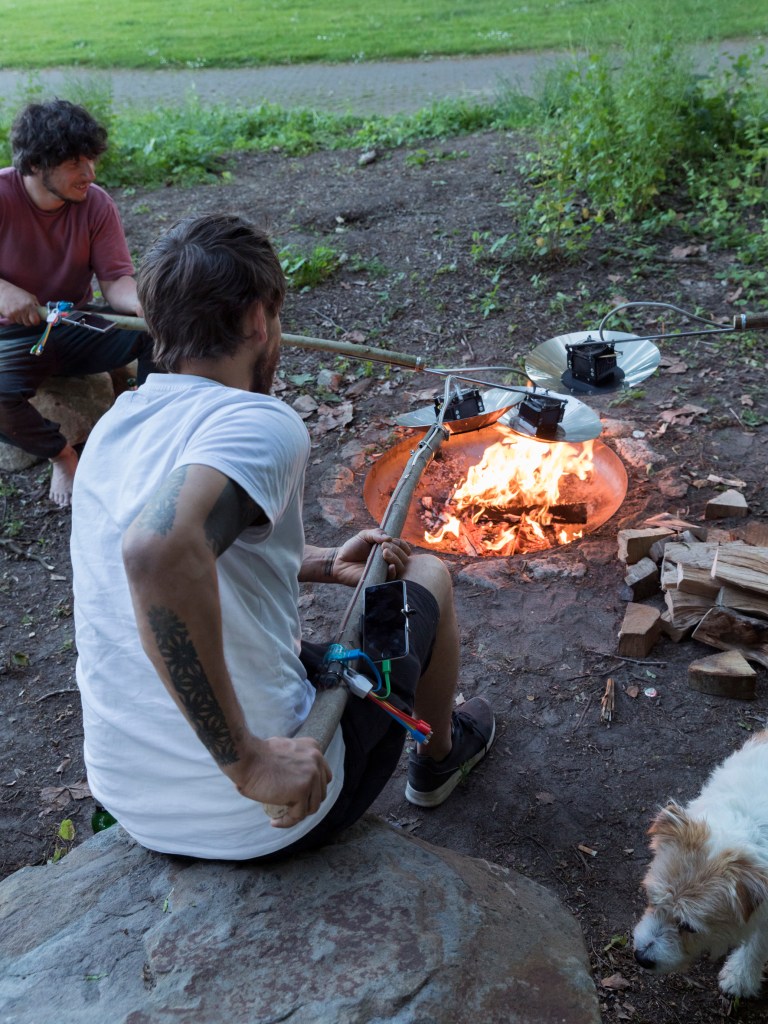
5V (2017), Aram Bartholl. Photo: Henning Rogge; © Skulptur Projekte Münster
There are instances where artists seem to turn actively away from the digital, contributing more traditional (and forgettable) public monuments or, in Jeremy Deller’s case, by entering a pastoral mode. Deller’s project Speak To The Earth And It Will Tell You consists of a brightly painted, whimsically furnished shed (‘NO WI-FI,’ a sign on the wall proclaims) located in an allotment colony, fitted with bookshelves bearing 10 years of documentation recording the work of around 30 garden societies throughout Germany. Another archival highlight is a fascinating satellite presentation, housed in the LWL-Museum, which looks back at the late Michael Asher’s contribution to the first four editions of the sculpture project, in which he repeatedly installed an increasingly vintage and difficult-to-source trailer at a series of increasingly inaccessible locations around the city. Yet, here too, the same preoccupations emerge: the passage of time and the transformations of urban space, as well as our roles within that space.
As I navigated through and across the city’s libraries, archives, rivers, tattoo parlours, bars, and streets, the words of my friendly Münster resident rang true: the exhibition is, in many ways, more about the city and the people inside it than the works themselves. While usually entertaining and sometimes clever, many of this year’s contributions are individually somewhat underwhelming (particularly in light of the difficulty of finding some of the more tucked-away offerings). But as you take your bearings of the city of Münster, you may also learn a good deal about the direction of society and of art today, both bad and good.
The Skulptur Projekte Münster runs until 1 October 2017.
Unlimited access from just $16 every 3 months
Subscribe to get unlimited and exclusive access to the top art stories, interviews and exhibition reviews.

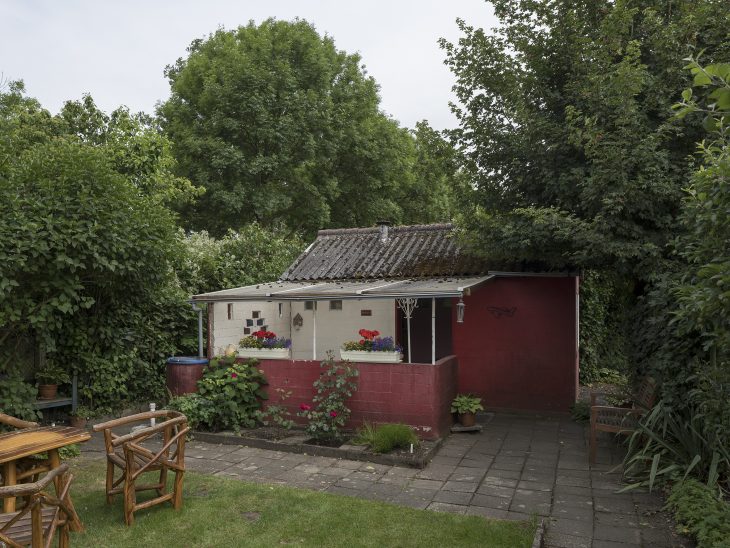
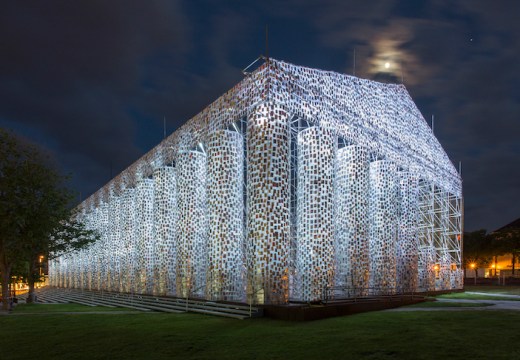
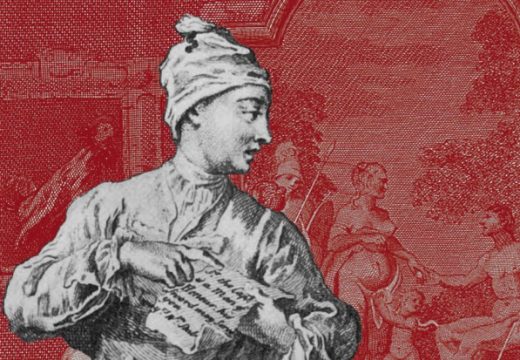
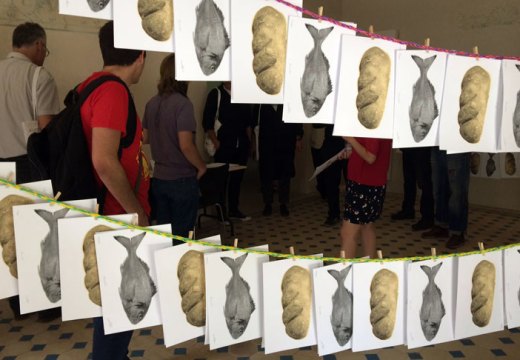









![Masterpiece [Re]discovery 2022. Photo: Ben Fisher Photography, courtesy of Masterpiece London](http://www.apollo-magazine.com/wp-content/uploads/2022/07/MPL2022_4263.jpg)
Why are fathers so absent from art history?